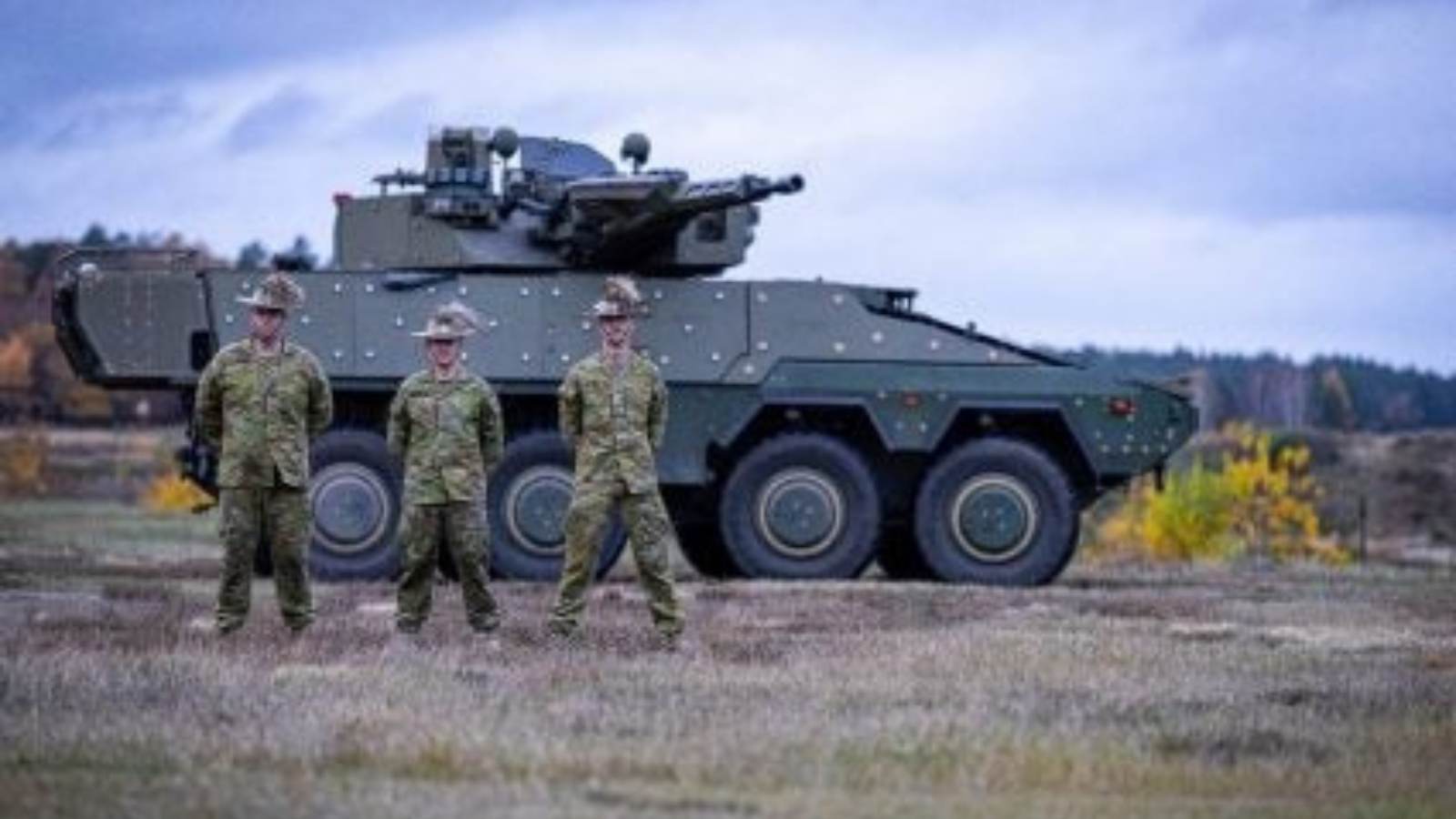British Army directed-energy weapon: The British Army has tested a novel directed-energy weapon that uses cutting-edge radio frequency technology to tamper with electronic circuits.
The truck-mounted system is a component of Project Ealing and is meant to offer a tactical defence against the increasing threat posed by drones.
Over several domains, it is capable of precisely identifying, following, and engaging different targets.
The directed-energy weapon has a smaller design than earlier ideas, claims journalist Gabriele Molinelli in a social media post.
The radio frequency cannon, which forms the mainstay of Project Ealing, is made to identify, follow, and attack a range of targets in the air, land, and water domains. With its smaller form placed on an HX60 truck, the technology—which was demonstrated with the 7th Air Defense Group at Thorney Island—showcases a major divergence from early designs and offers better deployability and maneuverability.
Project EALING unveiled: the Radiofrequency "cannon" in development for the British Armed Forces seen with 7 Air Defence Group at Thorney Island. A lot different from the early concept art, it is shown carried on a smaller HX60 truck rather than an HX77 and is visibly demountable pic.twitter.com/C8HRsL0x89
— Gabriele Molinelli (@Gabriel64869839) May 7, 2024
Powerful radio frequency broadcasts allow the technology to disrupt several drones at once. Ealing’s technology is more operationally independent than the Epirus LEONIDAS system that the U.S. Army uses because it has its detection sensors.
According to Army Recognition, programming manager Matt Cork of the Defense Science and Technology Laboratory (DSTL) at Porton Down explained how the device works by producing an electromagnetic pulse (EMP) that connects with electrical circuits, overloads them, and turns them off. Electronic systems can be momentarily disabled using this non-lethal method without sustaining long-term harm.
The Ministry of Defense has never used electromagnetic pulse technology before, before the Project Ealing experiments. Cork said they are looking at how it might shield certain places or moving convoys from explosive-laden drones, which are a major threat in contemporary battles.
The weapon uses commercially available components that were originally designed to disable boat motors, however, its precise range and wavelengths are still unknown. The flexibility of the technology enables exact targeting or frequency adjustment to handle several threats at once.
India and EU Forge Partnership in Indo-Pacific Security and Defence
The 7th Air Defense Group will start field testing the EMP technology this summer. It will be evaluated in conjunction with the DragonFire laser system, which is set to be deployed in September. These assessments will contribute to identifying the useful applications and potential improvements for both technologies.
With the widespread use of electronic warfare seen in Ukraine, Defense Secretary Grant Shapps considered the wider ramifications of radio frequency weaponry and the crucial role such technologies could play in future conflicts. It will be essential, he said, to be able to operate in settings dominated by radio waves.



